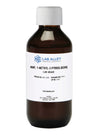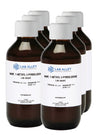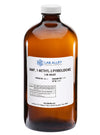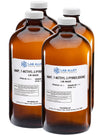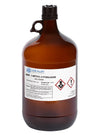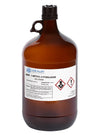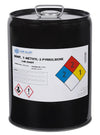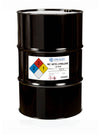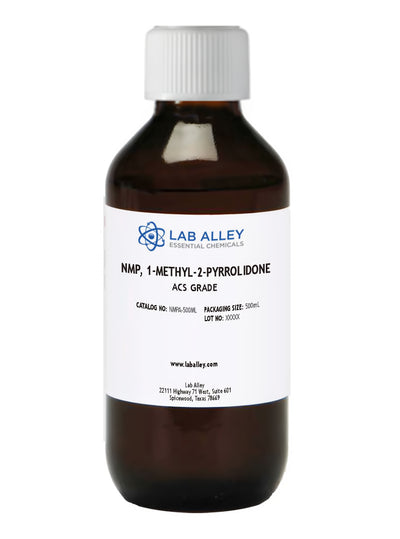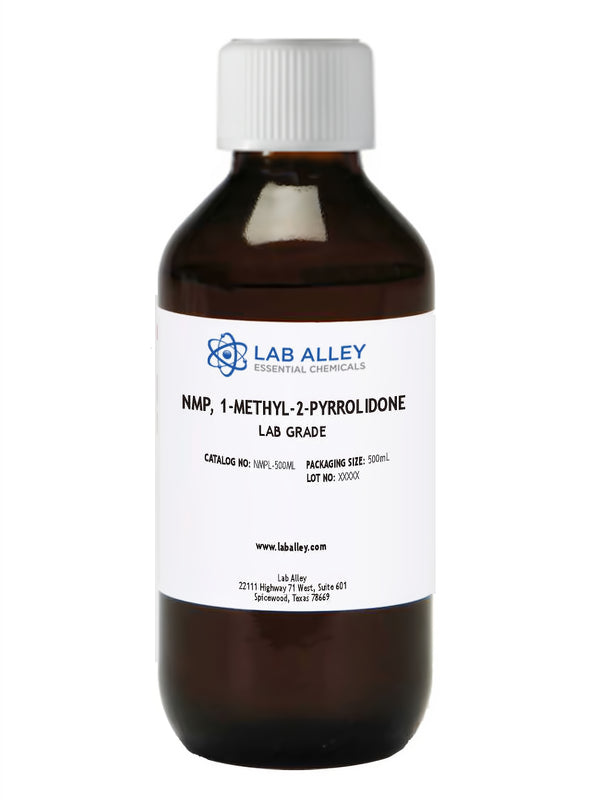
Business Support
NMP, 1-Methyl-2-Pyrrolidone, Lab Grade


Water-Miscible Organic Solvent
Business Support
Description
About NMP, 1-Methyl-2-Pyrrolidone, Lab Grade
N-Methyl-2-Pyrrolidone (NMP) is a polar aprotic, low viscosity liquid with a high boiling point. NMP has strong organic/inorganic compound solvency, is miscible with water at all temperatures, and has excellent chemical and thermal stability. It is a liquid that be colorless to slightly yellow. It has a wide range of applications because it offers very high solvency, high boiling point, low freezing point, and ease of handling..
N-Methylpyrrolidone (NMP) is a water-miscible organic solvent. NMP is widely used in the petrochemical industry, and in the manufacturing of various compounds, including pigments, insecticides, herbicides, and fungicides. NMP increasingly is used as a substitute for chlorinated hydrocarbons.
COMMON USES AND APPLICATIONS
- Reagent
- Solvent
- Cleaning agent
- Synthesis of insecticides
INDUSTRIES
- Petrochemical Industry
- Polymer Industry
PRODUCT INFORMATION
Customer Reviews and Q&A
Safety and Shipping
If you have questions about ordering N-Methyl-2-Pyrrolidone (NMP) online here at LabAlley.com or would like to place an order, call 512-668-9918 or email customercare@laballey.com to talk with an NMP Specialist.
Please contact us to request a Safety Data Sheet (SDS) and Certificate of Analysis (COA) for 1-Methyl-2-Pyrrolidinone Lab.
Business Support
Built for Business.
At Lab Alley, we simplify procurement with custom quotes, credit applications, tax exemptions, and fulfillment support, ensuring on-budget, on-time delivery - your success is our priority.
Apply for Credit
A Lab Alley credit account streamlines purchasing for your business. Our Customer Success Team is available to help you through every step of the process.
Request a Custom Quote
Get a fast, customized quote tailored to your specific needs. Our team ensures accurate pricing and availability to help streamline your purchasing process.

Additional Business Resources
Lab Alley provides access to essential certifications, documents, and other resources to support your business.

Create a Lab Alley Account

RECEIVE exclusive offers, promotions, and discounts on chemicals.

Always have the product you need, when you need it with our AUTOSHIP program.

